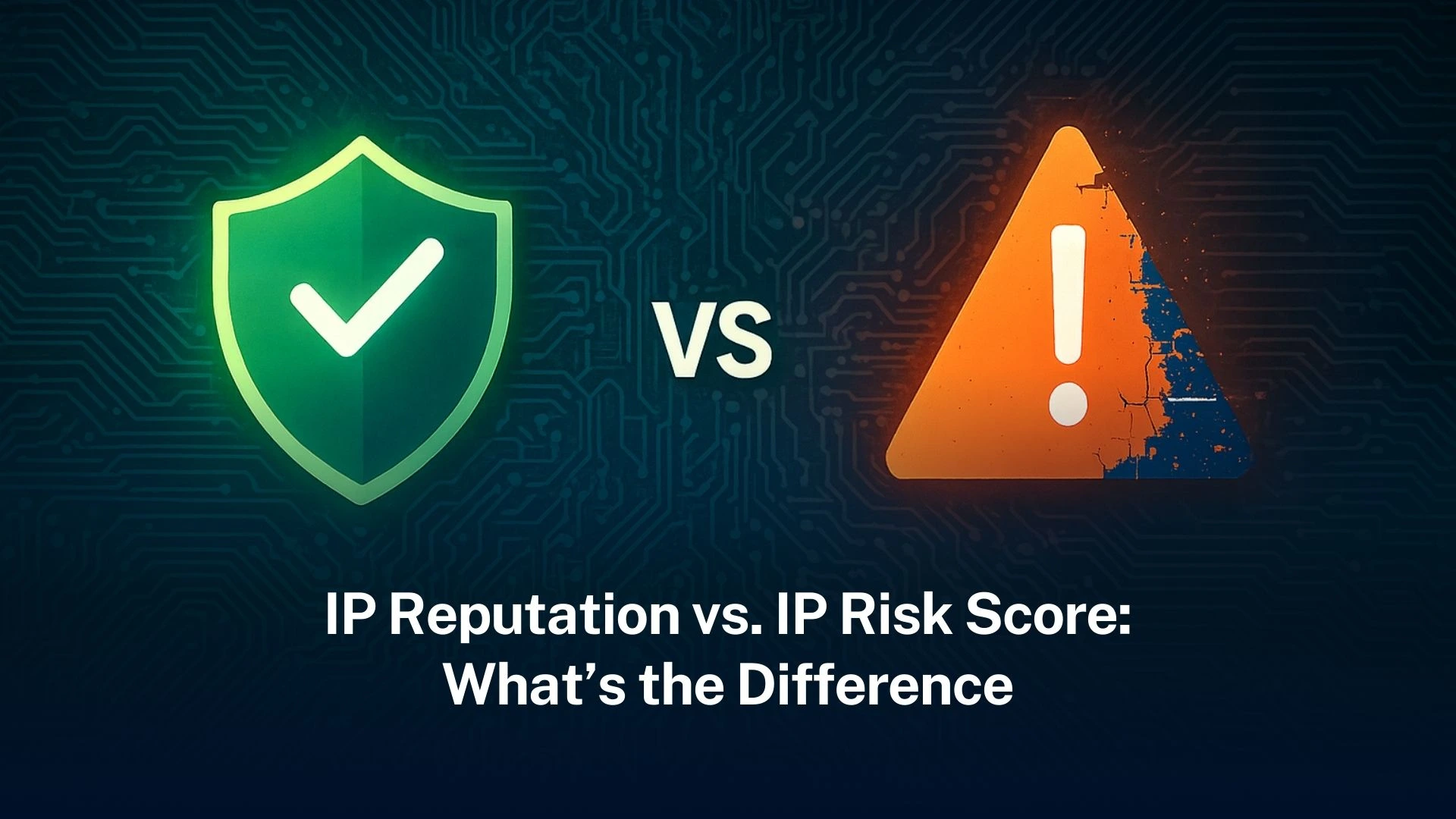How to Lease IPv4 Addresses and How Much Does it Cost?

IPv4 addresses are technically exhausted. But because they are absolutely essential, businesses and organizations have found ways to continue to redistribute existing IPv4 addresses.
One of these ways is IPv4 leasing. This guide focuses on the functional dynamics of IPv4 addresses and outlines a process for leasing them.
1.0 Why Opt for IPv4 Leasing?
Leasing IPv4 addresses is a smart solution for businesses in need of IP addresses. Leasing is particularly beneficial for small enterprises that need multiple public IP addresses.
2.0 Why IPv4s are So Expensive to Buy
It’s projected that by 2024, freely available IPv4 addresses could be exhausted, unless alternative systems like IPv6 are adopted. Because most devices still connect with IPv4, the protocol still remains relevant.
The natural dynamics between demand and supply push the price of IPv4s up.
3.0 Leasing: A Cost-Efficient Alternative
Leasing IP addresses is often more cost-effective than buying huge address blocks. You can work with an IP address broker that will provide you with flexible solutions.
4 Steps to Leasing
1. Choose a reliable IP broker like i.lease.
2. Complete the required paperwork and checks to ensure your eligibility.
3. Go over your lease terms and complete the required payment.
4. Typically, a representative of your chosen IPv4 broker will contact you to discuss the terms and assess your needs.
Once you complete the required checks and payments, you will be provided with your leased IP address.
4.0 How Much Does IPv4 Cost?
Typically, 1 /24 IP address over a period of six months will cost around $700 US. That comes down to around $100 US per month. This pricing is in the competitive price range. It’s common to see IPv4 addresses priced way higher.
To understand the current prices and foresee later trends, it’s important to take a historical look at IPv4.
In the past five years, the prices of IPv4 blocks have gone up significantly. With billions of devices connected, IPv4 addresses are in high demand.
As the Internet grew, the Internet Assigned Numbers Authority (IANA) became the authority for IP addressing. They distributed the last IPv4 addresses to the five RIRs in 2011. Shortly after, IANA ran out of addresses, followed by the RIRs.
IPv6 was created to address the shortage of IPv4 addresses. It offers a vast number of unique addresses. However, its adoption has been slower due to costs and compatibility challenges. IPv6 and IPv4 cannot directly communicate, further prolonging IPv4’s use.
The pricing of IPv4 addresses has experienced a gradual increase over the years, with notable jumps. Inflation rates have been relatively low, yet IPv4 prices have risen around 20% annually.
The pandemic temporarily slowed network growth and demand for IPv4 addresses. However, as the world reopened, demand surged again.
5.0 Block Sizes and Pricing
The size of address blocks affects pricing. Larger blocks were generally priced lower, but this changed as sellers began breaking up larger blocks into smaller ones. This shift led to higher prices for larger blocks, reflecting their scarcity and value.
Economic concerns and events like inflation and the pandemic have impacted business investments. Consequently, it slowed down the growth of networks followed by a massive surge after the pandemic eased. Transfer volumes soared in 2022.
While most of the Western world remains stable in their demand for IP addresses, countries in the Asia Pacific region are promising roaring growth. We can expect IPv4 prices to continue to go up, as IP addresses are a global commodity.



